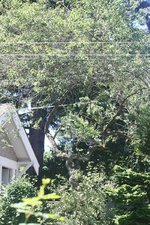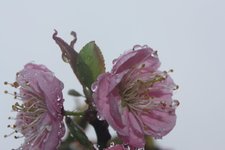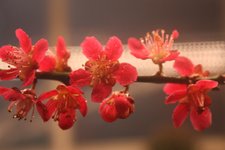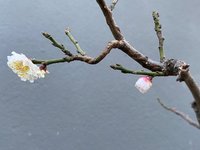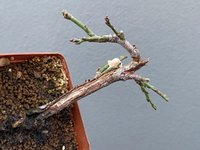How do you get prunus mume to be more productive in fruiting? Does cross pollination help?
I’ve visited the top Ume producers in Japan, and nobody hand pollinates. But they have ideal conditions and well-planned orchards.
Your climate/weather matters a lot because of timing with regards to potential frost damage, and presence of insects for polination.
Cultivar also matters — some cultivars are grown for fruit, others are grown for ornamental flowers, and still others are grown to be pollinators for fruit-cultivars.
Among those that are grown for fruit, inherently some are high yield, some are low yield. (Their flavor, aroma, color, and purpose vary as well, of course).
When growing ume for fruit, you normally grow cultivars that are good polinators among the other cultivars that you are growing for fruit.
Example: shin uchida or hanakami are excellent polinator varieties. You would plant these in the area specifically in order to polinate kishu nanko (famous in kansai region) or shirakaga (famous in kanto region) which are not good polinators but produce high-quality fruit.
Selection of polinator-cultivars depends primarily on timing of flowers. You want to match cultivars that flower simultaneously, or have enough variety of polinator-cultivars so that you’ve covered the entire flowering period of your fruit-cultivars. You don’t want to use a polinator-culrivar that is famous for flowering late in combination with a fruit-cultivar that flowers early.
In Japan, when buying an ume tree for your garden to produce fruit they are commonly sold in pairs with a matching pollinator-cultivar. (This is something i will be offering in the near future in North America).
Personally, because i am in Quebec where late frost is a major factor, i work exclusively in a cold frame. I have found excellent polination rates by simply releasing lady bugs and using ventilation (which simultaneously helps with aphids and potential fungal issues).

sheffields.com




